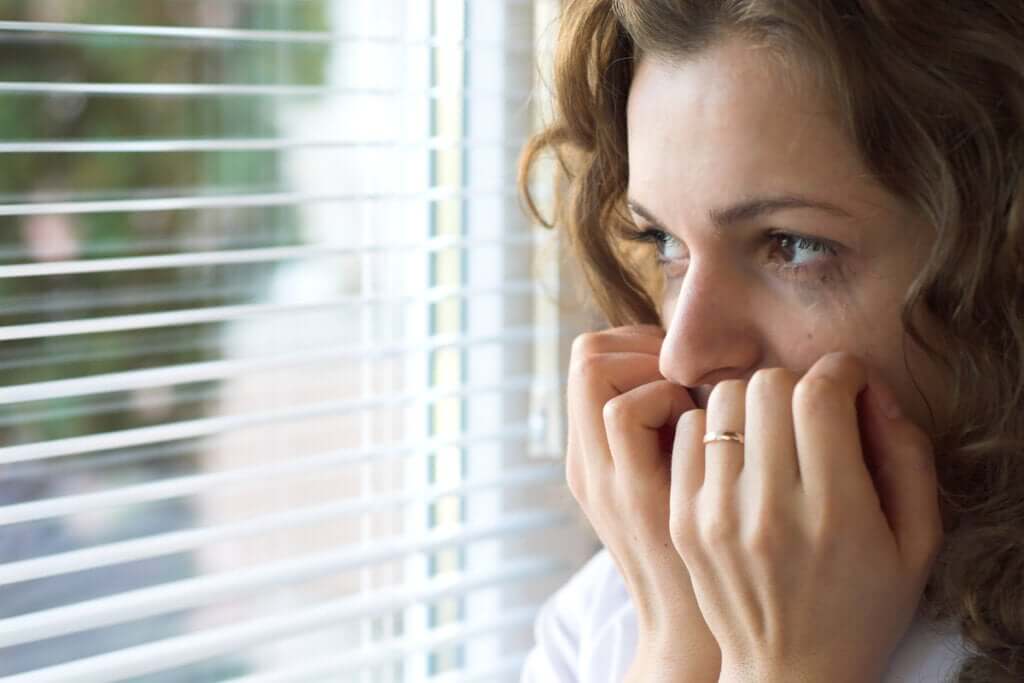Agoraphobia is a type of phobia characterized by an intense fear of being in public places or in situations where it is difficult or embarrassing to escape, or where it is difficult to get help in case of a panic attack or similar symptoms. , fear occurs mainly in public places, and not as open (although also included), as is often thought.
According to a study by Gómez Ayala (2012), the annual prevalence of agoraphobia is 0. 3%, although today this figure may be higher, it is a disorder that usually begins at the end of adolescence and in the early years of the third decade of life. It mainly affects women, with a distribution of 2: 1 per sex compared to men.
- According to the DSM-5 (Diagnostic and Statistical Manual of Mental Disorders) (2014).
- Which we take as a reference manual.
- The symptoms of agoraphobia are:.
This severe fear or anxiety occurs in at least two of the following five situations:
Another symptom of agoraphobia is to avoid the aforementioned situations, because the person thinks that if he wants to escape it will be difficult for him, in addition, the person also believes that if he needs help, in case of a panic attack or other similar symptoms, receiving it would be very difficult in these situations; therefore, it actively avoids them. In addition to avoiding these situations, the individual fears them intensely.
On the other hand, if the person is dealing with situations, he always does so with a couple (or even some kind of amulet), or resisting the fear or intense anxiety that the situation causes him; that is, they are very sick and cannot cope without feeling anxious enough.
Another characteristic of agoraphobia is that agoraphobic situations (i. e. those feared) almost always cause fear or anxiety, that is, it is something continuous and constant, not something that only appears from time to time.
“Humanity’s oldest and most intense emotion is fear, and the oldest and most intense of fears is fear of the unknown. -HP Lovecraft-
As an additional feature of the symptoms of agoraphobia, it should be noted that the fear felt by the person is disproportionate in analyzing the real danger posed by agoraphobia situations, fear also disproportionate to the sociocultural context, characteristic of disproportion that occurs in all. phobias, not just agoraphobia.
For the diagnosis of agoraphobia, according to DSM-5, fear, anxiety and avoidance should be continuous and last at least six months, if this criterion is not met the disorder cannot be diagnosed.
Like any mental disorder, agoraphobia causes a major discomfort (which must be clinically significant) or a deterioration in a person’s life, whether social, professional or not, that is, the disorder interferes with the daily functioning of the patient preventing his or her normal life or her from continuing.
“Awkwardness is part of my master plan. -Jonathan Lethem-
In the case of another underlying medical condition or other mental disorder, the patient’s fear, anxiety, or avoidance is clearly excessive. In other words, the symptoms experienced by the person cannot be explained by another condition; agoraphobia itself would explain them.
We’ve seen the symptoms of agoraphobia and how they can interfere with a person’s life, but what else do we know about this anxiety disorder?We know, for example, that in addition to occurring more in women than in men, their severity and psychiatry. Como comorities are more important, according to the study of Gómez Ayala (2012), in addition, in women the genetic load is greater than the environmental one, in this sense, the earlier the disorder appears, the greater the genetic load and the worse the evolution.
In general, agoraphobia is chronic in nature, but its intensity can vary considerably throughout a person’s life, on the other hand, the fact that it is usually a chronic disorder does not mean that it cannot be treated, psychotherapy is one of the most important. the best options for treating agoraphobia. Sometimes this type of intervention is associated with medicines (always prescribed by specialist doctors).
According to the study by Ayala (2012), agoraphobia is a disorder that is often associated with panic disorder; Specifically, 75% of people with agoraphobia also have panic disorder. Keep in mind that panic disorder is characterized primarily by the occurrence of two or more unexpected panic attacks, in addition to anxiety or concern about the possibility of new panic attacks.

